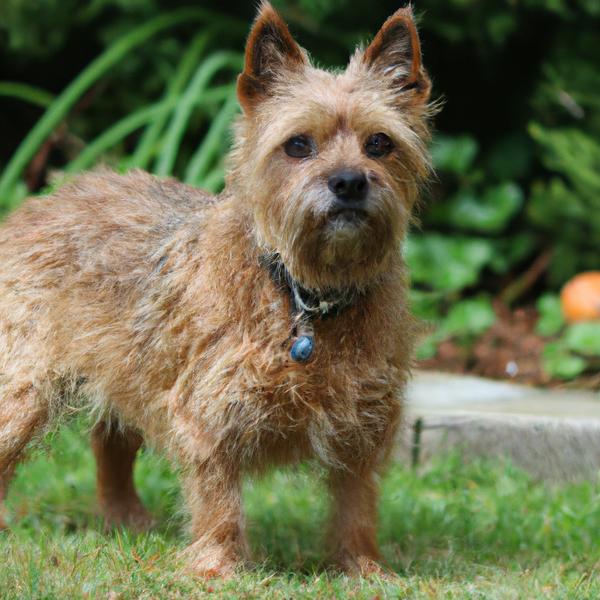Norfolk Terrier vs. Silkytie: Breed Differences and Similarities
Hypoallergenic
Are Norfolk Terriers or Silkyties hypoallergenic, or neither?
While no dogs are truly 100% hypoallergenic, Norfolk Terriers are about as close as it gets, making them an ideal pet if you are an allergy sufferer.
Unfortunately, the Silkytie is not hypoallergenic, making it not a good choice for a dog lover who suffers from pet allergies.
Temperament
What are the personalities of Norfolk Terrier and Silkytie dogs?
Companionable
Happy
Selfish
Confidence
Intelligent
Fearless
Lovable
Spirited
Playful
Alert
Intelligent
Friendly
Responsive
Affectionate
Quick
Lively
Gentle
Joyful
Inquisitive
Shedding Level
Do Norfolk Terriers shed more than Silkyties, or which breed sheds more, Norfolk Terriers or Silkyties?
Norfolk Terriers shed very little hair, making them a great choice for those who dislike excess hair in the house.
Silkyties are low shedding dogs, requiring minimal coat care.
Origin
What is the origin of Norfolk Terrier and Silkytie dog breeds?
England
United States
Ancestry
What are the origins of Norfolk Terrier and Silkytie breeds?
terrier
Shetland Sheepdog and Silky Terrier
Date of Birth
When were Norfolk Terrier and Silkytie breeds first developed?
1800s
Unknown
Eye Color Possibilites
What are the eye colors of Norfolk Terrier and Silkytie dogs?
Brown
Brown
Nose Color Possibilites
What are the natural nose colors of Norfolk Terrier and Silkytie?
Black
Black
Coat Color Possibilites
What are the natural colors of the coat for Norfolk Terrier and Silkytie breeds?
Black
Red
Brown
Fawn
Black
Gray
Silver
Cream
White
Brown
Red
Fawn
Coat Length
What is the typical coat length for Norfolk Terrier and Silkytie breeds?
Norfolk Terriers have short coats.
Silkyties are known for their coat length.
Coat Density
What is the density of the coat of Norfolk Terrier and Silkytie?
Coat Texture
What is the hair texture of Norfolk Terrier and Silkytie?
Wiry
Straight
Litter Size
What is the usual litter size for Norfolk Terrier and Silkytie?
A Norfolk Terrier can have a litter of 12-15 puppies on average. However, it's worth noting that the size of the litters can vary greatly. Factors that can influence litter size include the health of the mother, breeding history, and genetics.
A Silkytie can have a litter of 4-6 puppies on average. However, it's worth noting that the size of the litters can vary greatly. Factors that can influence litter size include the health of the mother, breeding history, and genetics.
Adaptability
Norfolk Terriers are highly adaptable and versatile, making them excellent companions for families and individuals of all lifestyles.
Silkyties are known for their adaptability and can adjust well to different environments and lifestyle changes.
Health Issues
Between Norfolk Terrier and Silkytie, which breed is more prone to health problems?
Norfolk Terrier and Silkytie breeds are generally considered to be healthy. However, like all breeds, they are susceptible to certain health issues and it is important to keep an eye out for them and address them with your veterinarian as needed.
Major Concerns
What are the major health concerns for Norfolk Terrier and Silkytie breeds?
Mitral Valve Disease
Hip Dysplasia
Legg-Calve Perthes Disease
Minor Concerns
What minor health issues should be kept in mind when owning Norfolk Terrier and Silkytie?
Cataracts
Cataracts
Allergies
Diabetes
Hypothyroidism
Progressive Retinal Atrophy (PRA)
Collie Eye Anomaly (CEA)
Occasional Tests
What occasional tests are recommended for Norfolk Terrier and Silkytie breeds?
Cardiac
Eye Examination
Physical Examination
Eye Examination
Radiographs
Blood Sugar and Thyroid Tests
Social Needs
Norfolk Terrier vs Silkytie social needs comparison
Norfolk Terrier has average social needs and is less independent than other breeds.
Silkytie has above average social needs and thrives with interaction with humans and other dogs.
Sleeping Need
Which of the two sleeps the most/least: Norfolk Terrier or Silkytie?
Norfolk Terriers sleep less than other breeds but still need adequate sleep for good health.
Silkyties have moderate energy levels and typical sleep patterns of 12-14 hours per day.
Mouthiness
Mouthiness Comparison: Norfolk Terrier vs Silkytie?
Roaming urge
Norfolk Terrier vs Labrador: Running away tendency?
Prey Drive
Norfolk Terrier or Silkytie - which breed has a higher level of prey drive?
Activity Level
Which breed has higher energy, Norfolk Terriers or Silkyties?
Both Norfolk Terrier and Silkytie are medium-energy dogs that enjoy socializing and playing with other dogs. They may engage in casual or sustained games of chase, and occasionally have bursts of barking or racing around the house.
Tolerance of being left alone
Walks per Week
How many miles should Norfolk Terrier or Silkytie walk each week?
There's really no limit to how far you walk your dog as long as they're comfortable. For Norfolk Terrier, it's at least 4 miles / week. Just remember to build distance and stamina gradually over time.
There's really no limit to how far you walk your dog as long as they're comfortable. For Silkytie, it's at least 8 miles / week. Just remember to build distance and stamina gradually over time.
Activity per Day
Do Norfolk Terriers or Silkyties require more exercise?
Both Norfolk Terrier and Silkytie typically require a minimum of 30 minutes of exercise each day. The exercise can be spread throughout the day and may involve high-energy activities like walking, running, and playing.
Grooming
Which breed is easier to maintain in terms of grooming, Norfolk Terriers or Silkyties?
The Norfolk Terrier requires an average amount of grooming compared to other breeds.
Silkyties have high grooming needs, requiring regular trims and professional grooming assistance to keep their coat healthy.
Brushing Frequency
What is the recommended brushing frequency for Norfolk Terrier and Silkytie dogs?
Norfolk Terrier and Silkytie should be brushed at least once a week. Of course, you can give them more frequent brushes if you find that they are still shedding a lot.
Brushing Tools
What brushing tools are used for Norfolk Terriers and Silkyties?
Slicker Brush
Comb
Scissors
Clipper
Nail Clipper
Pin Brush
Slicker Brush
Nail Clipper
Cups
How much food should be given to Norfolk Terrier or Silkytie in cups?
Norfolk Terrier and Silkytie share the same recommended daily food intake of 1 cups, although the appropriate quantity may vary depending on the quality and nutritional content of their food.
Daily Cost
Which breed has a higher daily cost, Norfolk Terrier or Silkytie?
The average cost of a Norfolk Terrier is somewhere $1.40 - $1.40 per day.
The average cost of a Silkytie is somewhere $1.40 - $1.70 per day.
Monthly Cost
Which breed has a higher monthly cost, Norfolk Terrier or Silkytie?
When it comes to monthly expenses, both Norfolk Terrier and Silkytie have a similar average cost, ranging from $35 - $42. This results in an average yearly cost of around $420 - $504.
Sensitivity Level
How do Norfolk Terrier and Silkytie compare in sensitivity?
This breed is sensitive and requires gentle handling and a calm home environment.
This breed is sensitive to its environment and best suited for patient and understanding families with a consistent routine.
Apartment Friendly
Which breed is more apartment-friendly: Norfolk Terrier or Silkytie?
Norfolk Terrier and Silkytie are apartment-friendly dog breeds. They can do perfectly well in apartments providing they are sufficiently exercised and taken out and about as part of their owner's daily lifestyle.
Child Friendly
Do Norfolk Terriers or Silkyties have a friendlier temperament towards children?
Norfolk Terrier and Silkytie are kid-friendly dogs. They are good with children and excellent dogs with children if they are socialized and trained at a young age.
Senior-friendly
Which dog is more suitable as a pet for the elderly - Norfolk Terrier or Silkytie?
Cat Friendly
Do Norfolk Terrier or Silkytie breeds have a better compatibility with cats?
Norfolk Terriers and Silkyties are one of the best dogs for cats. They accept cats readily as part of the family. However, this dog breed should be trained to not chase after the kitty early on
Dog Friendly
Which breed is more sociable with other dogs: Norfolk Terrier or Silkytie?
Norfolk Terriers are friendly and active companions, and can be good family pets, though their friendliness towards other dogs may vary.
Silkyties are average in their friendliness towards other dogs, and socialization can help.
Pet friendly
How do Norfolk Terrier or Silkytie dogs interact with other pets?
Stranger Friendly
Which breed is more friendly with strangers: Norfolk Terrier or Silkytie?
Norfolk Terriers are quick to announce strangers and can be standoffish or suspicious.
Silkyties are averagely friendly around strangers but benefit from early socialisation.
Playfulness
Which breed is more playful between Norfolk Terrier and Silkytie?
Norfolk Terrier and Silkytie are playful dogs. So, no matter how busy the day may get, the best thing you can do for Norfolk Terrier and Silkytie is to make time each day to play. It can be as little as 15-20 minutes, and it will mean the world to them.
Trainability
How do the trainability levels of Norfolk Terriers and Silkyties compare?
Norfolk Terriers are usually easy to train but require consistency to fully obey commands.
Silkyties are popular for their ease of training and quick learning ability.
Compare Norfolk Terrier with other breeds
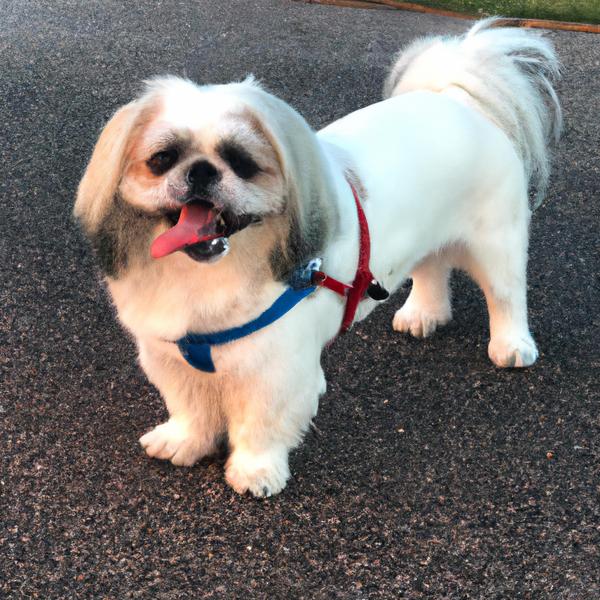
Silkytie
Norfolk Terrier vs Silkytie

Cava-lon
Norfolk Terrier vs Cava-lon
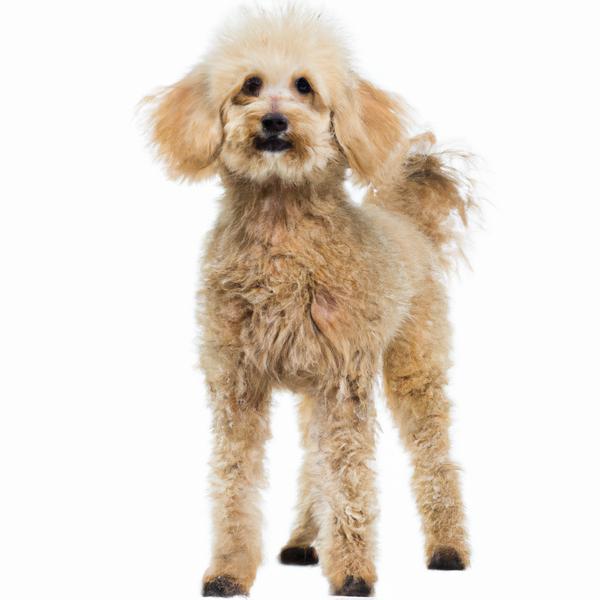
Pootalian
Norfolk Terrier vs Pootalian
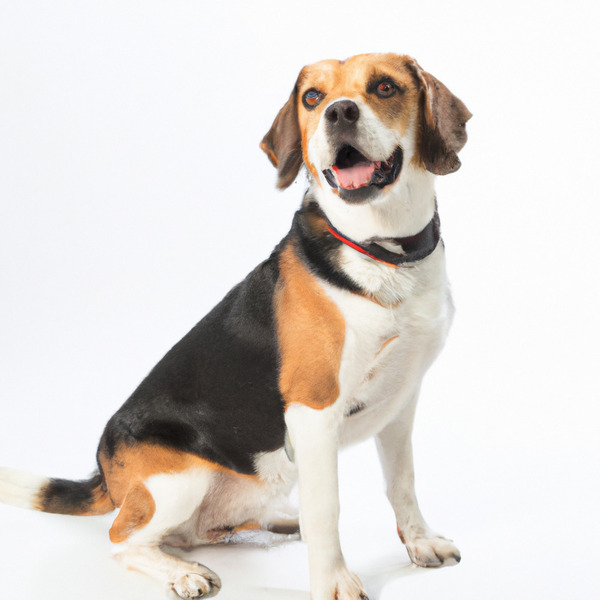
Beaglier
Norfolk Terrier vs Beaglier
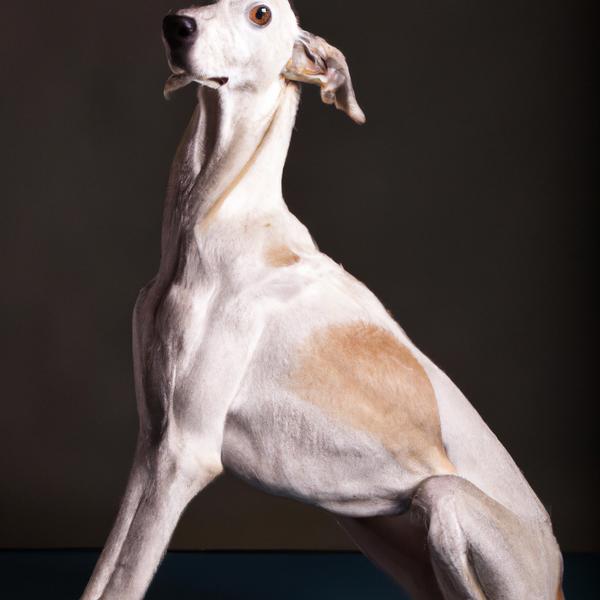
American Gointer
Norfolk Terrier vs American Gointer
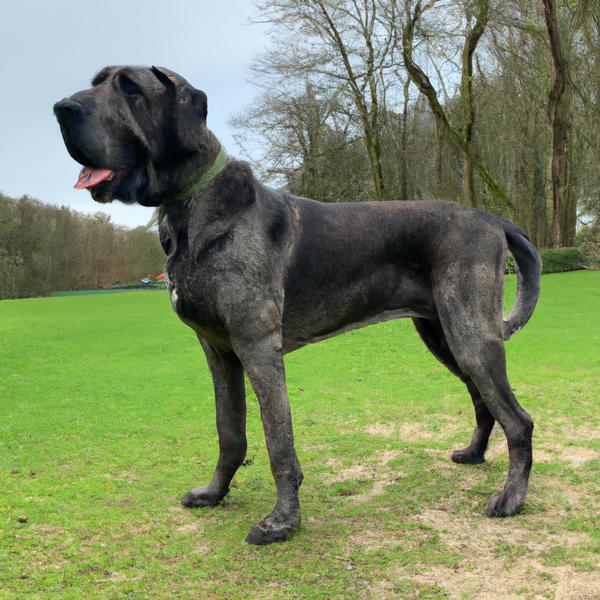
Giant Wauzer
Norfolk Terrier vs Giant Wauzer
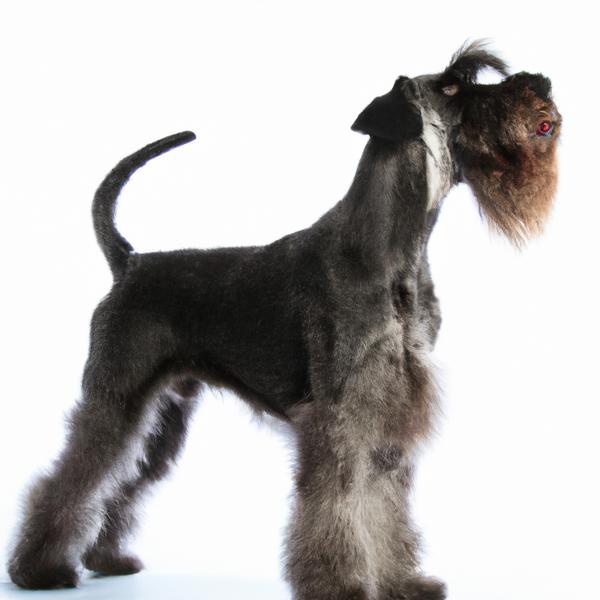
Schnauffen
Norfolk Terrier vs Schnauffen
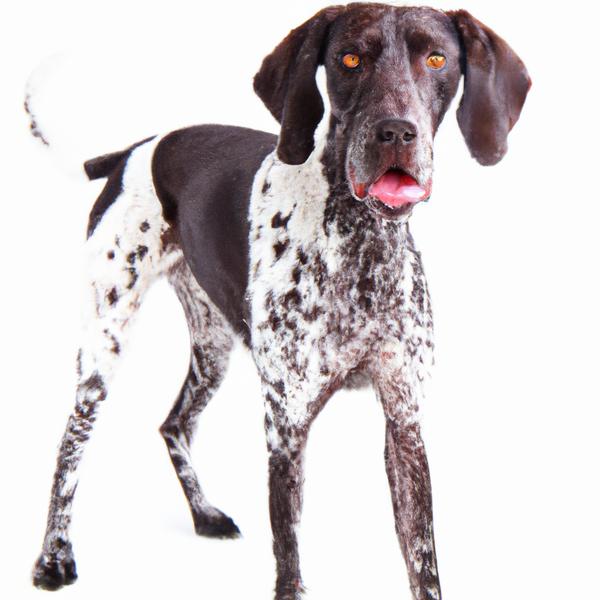
Lab-Pointer
Norfolk Terrier vs Lab-Pointer
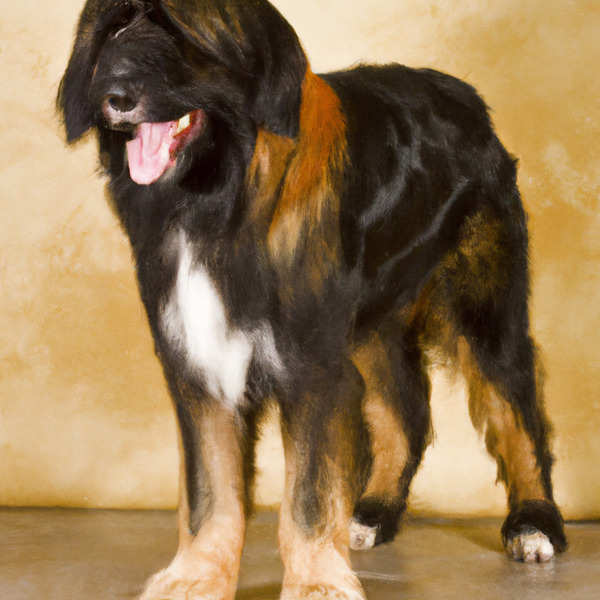
Cavador
Norfolk Terrier vs Cavador
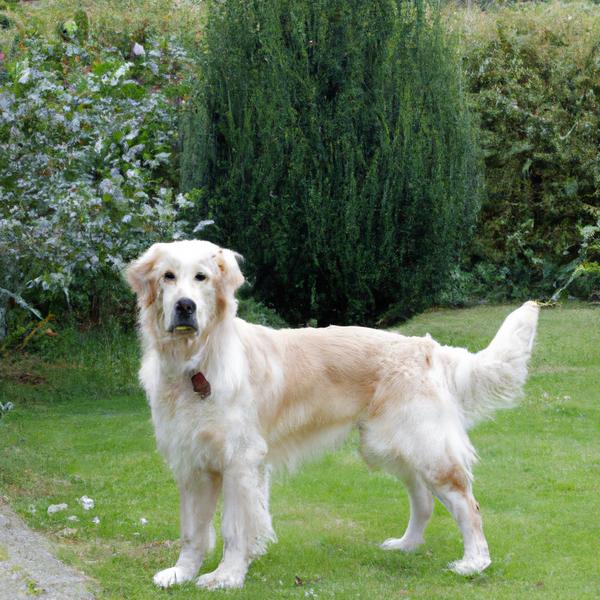
Spangold Retriever
Norfolk Terrier vs Spangold Retriever
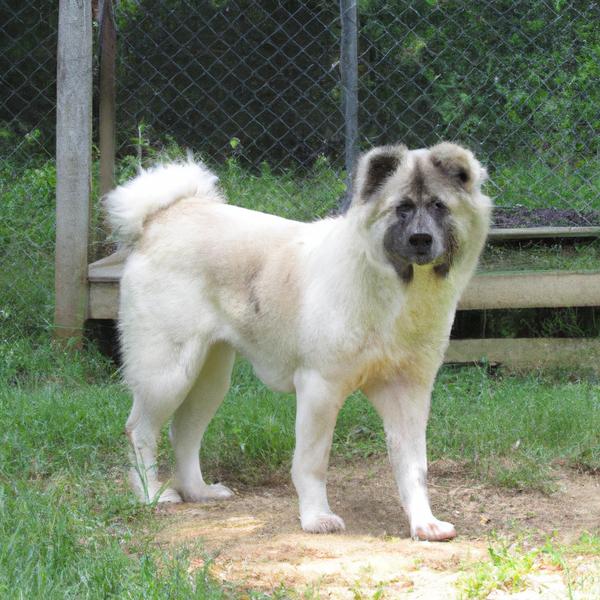
Chion
Norfolk Terrier vs Chion
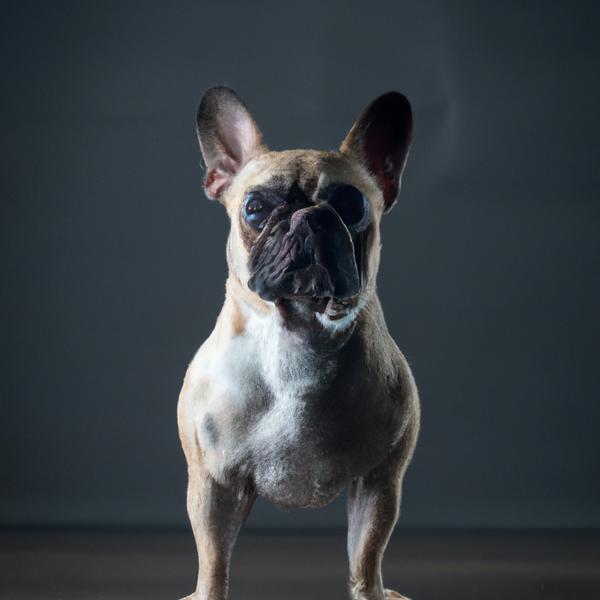
French Pin
Norfolk Terrier vs French Pin
